Lynk will start with intermittent text messages and expand from there.
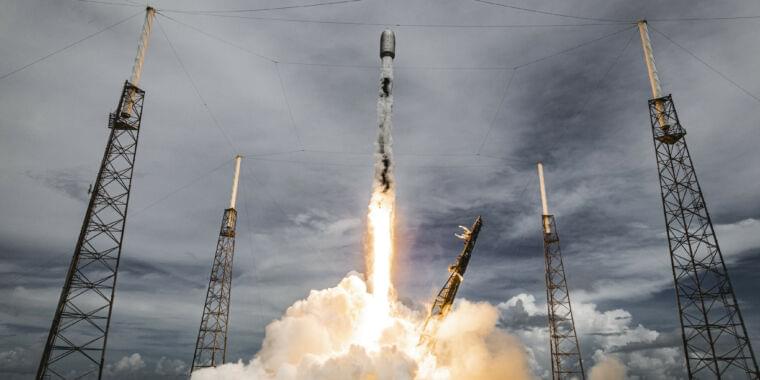

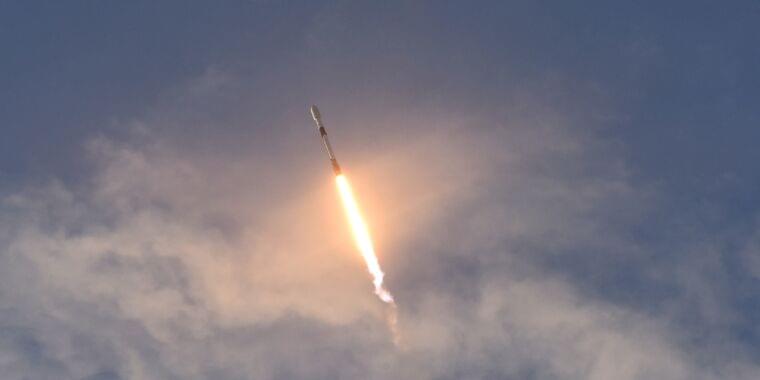
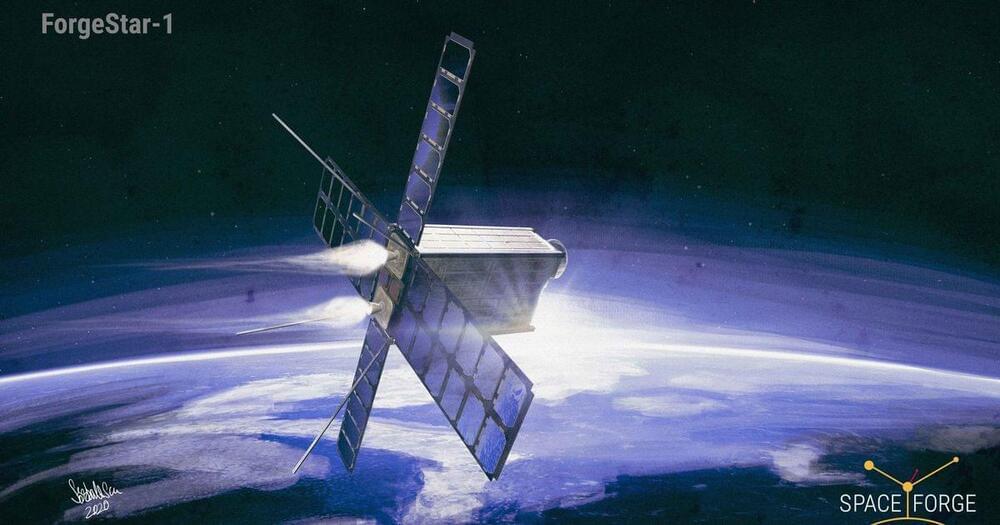
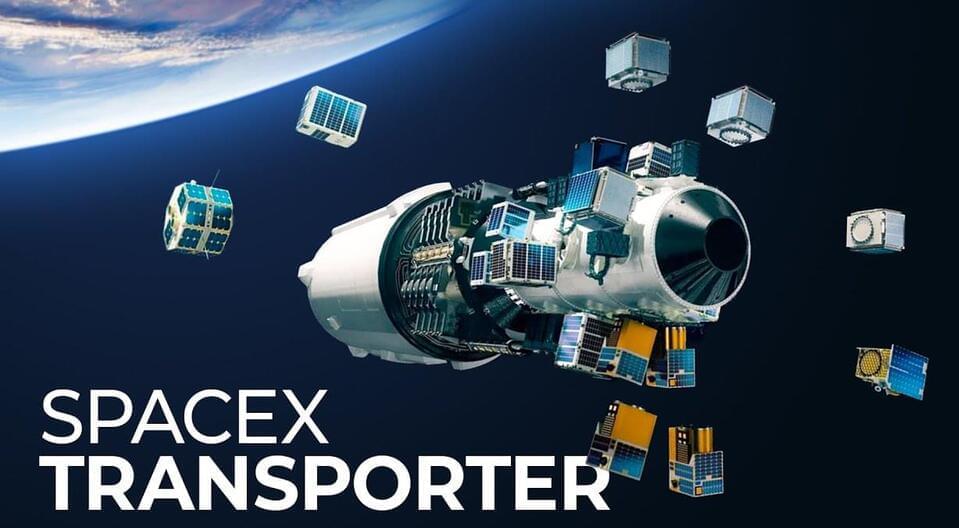

A Chinese Kuaizhou 1A (KZ-1A) rocket lifted off from the Jiuquan Satellite Launch Center in Inner Mongolia at 06:19 UTC on September 27 lofting a new high-resolution remote sensing satellite into orbit.
The rocket lifted off from Site 95 at Jiuquan, marking the 14th flight of a KZ-1 series rocket. This was also the first KZ-1 launch since the Jilin-1 Gaofen-02C launch in September 2,020 which ended in failure and the loss of its payload.
China’s KZ-1A rocket is manufactured by the ExPace Technology Corporation, an aerospace company owned by the Chinese government, based out of Wuhan in China’s Hubei province. The rocket is capable of delivering payloads of up to 200 kg into a Sun-Synchronous Orbit, and therefore is mainly marketed as a small satellite launch vehicle.
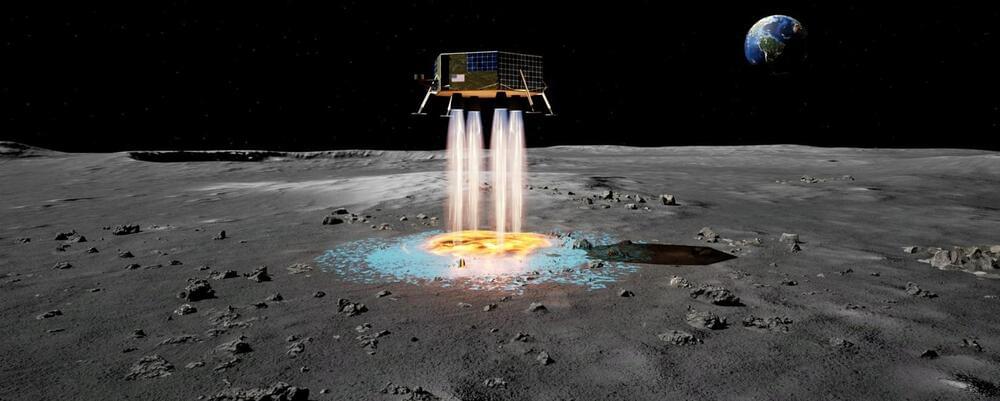
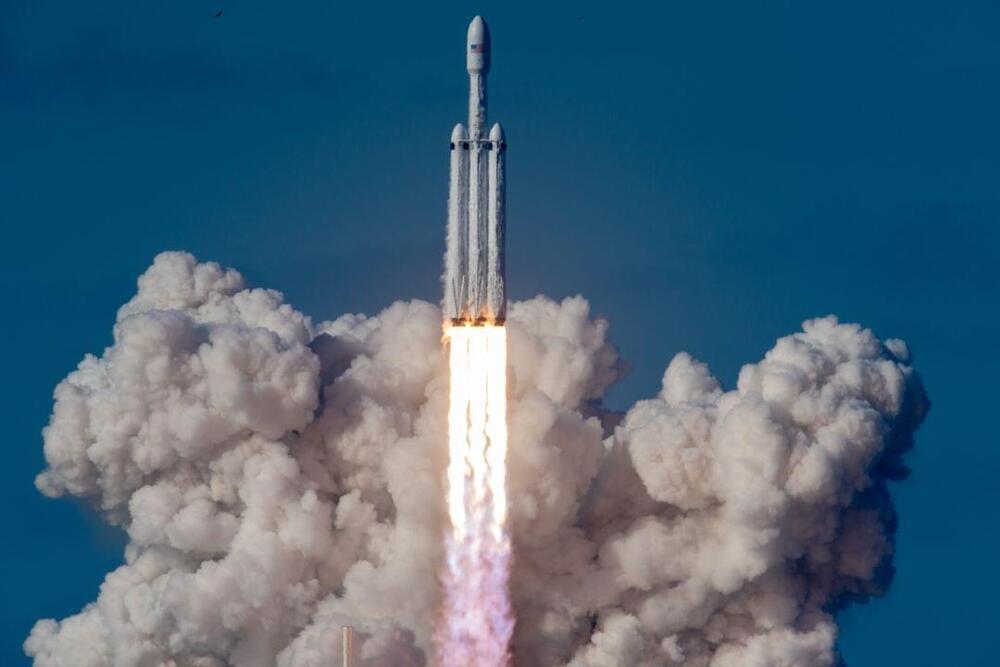
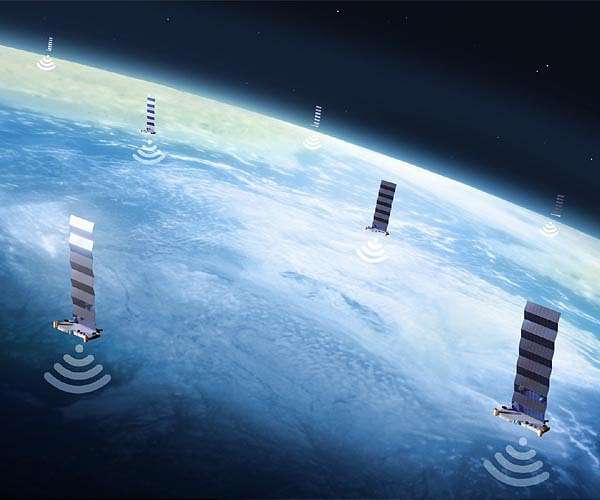
WASHINGTON — Northrop Grumman today has two Mission Extension Vehicles in orbit providing station-keeping services for two Intelsat geostationary satellites that were running low on fuel.
The company meanwhile is preparing to launch a new servicing vehicle equipped with a robotic arm that will install propulsion jet packs on dying satellites.
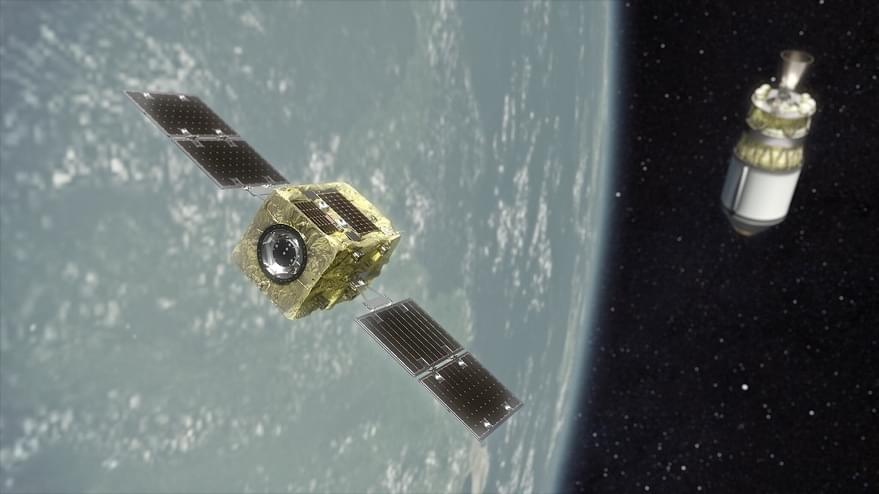
WASHINGTON — Rocket Lab will launch an Astroscale mission to rendezvous with a spent rocket stage in low Earth orbit, a prelude to eventually deorbiting the stage.
Rocket Lab announced Sept. 21 that it won a contract from Astroscale for the launch of its Active Debris Removal by Astroscale-Japan (ADRAS-J) spacecraft. A Rocket Lab Electron will launch ADRAS-J from its Launch Complex 1 in New Zealand in 2023.
ADRAS-J will rendezvous with and inspect an upper stage left in orbit by a Japanese launch. The Japanese space agency JAXA awarded Tokyo-based Astroscale a contract in 2020 for the mission as part of its two-phase Commercial Removal of Debris Demonstration project. The second phase, which will involve an attempt to deorbit the upper stage, has not yet been competed by JAXA.